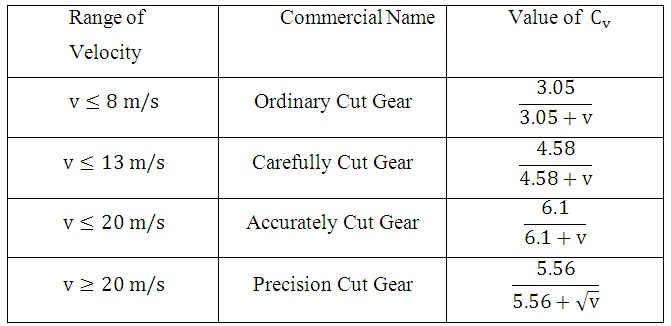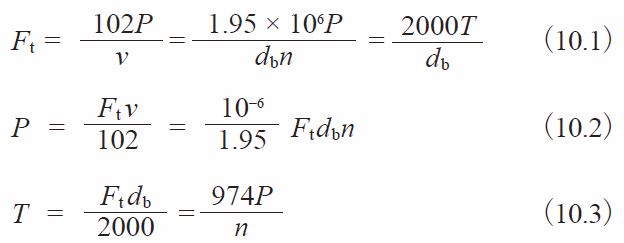

This will be used to mirror the involute curve.ġ1. Create a new datum using the point created in step 9 and the center axis of the gear as shown in the image. Now click the newly created curve and enter 0.5 in the input area as shown in the image.ġ0. To do that, go to Insert → Model datum → Point → point. Now, Create a new point at the center of the transverse_tooth thickness curve using point option. Create a sketch for Transverse_tooth_thickness (this is circular tooth thickness in case of spur gear) at pitch diameter from the intersection point of involute curve and Pitch diameter as shown in the video and relate the dimensions to the parameter.ĩ. At pitch line velocities below 1 m/s the gear load capacity is often limited by abrasive wear (see other literature such as References and for further information on such calculation).Save the text window and close.
#Helical gear design calculator iso#
The procedures in the ISO 6336 series provide rating formulae for the calculation of load capacity with regard to different failure modes such as pitting, tooth root breakage, tooth flank fracture, scuffing and micropitting. If b1 or b2 differ much from b above, they are not to be taken more than 1 module on either side of b. Therefore, the calculation methods from one part of the ISO 6336 series is not applicable in another part of the ISO 6336 series unless specifically referenced. Calculation of gear rating for marine transmissions DNV GL AS For tooth strength calculations b1 or b2 are facewidths at the respective tooth roots. It is possible that they are not entirely scientifically exact. The influence factors presented in these methods form a method to predict the risk of damage that aligns with industry and experimental experience. It is not applicable to gears which have a poor contact pattern. The ISO 6336 series does not apply to teeth finished by forging or sintering. The rating formulae in the ISO 6336 series are not applicable to other types of gear tooth deterioration such as plastic deformation, case crushing and wear, and are not applicable under vibratory conditions where there can be an unpredictable profile breakdown.

interference between tooth tips and root fillets gears with transverse contact ratios less than 1,0 The formulae in the ISO 6336 series are not applicable when any of the following conditions exist: If this scope is exceeded, the calculated results will need to be confirmed by experience. Single helical gears impose both radial loads and thrust loads on their bearings and so require the use of. The motion of helical gears is smoother and quieter than the motion of spur gear. Helical gears can take higher loads than similarly sized spur gears. transverse contact ratio from 1,0 to 2,5. Helical Gears Helical Gear :These gears are usually thought of as high speed gears. normal working pressure angle from 15° to 25° The ISO 6336 series includes procedures based on testing and theoretical studies as referenced by each method. The formulae in the ISO 6336 series are intended to establish a uniformly acceptable method for calculating the load capacity of cylindrical gears with straight or helical involute teeth. Instead, it is intended for use by the experienced gear designer who is capable of selecting reasonable values for the factors in these formulae based on the knowledge of similar designs and the awareness of the effects of the items discussed. It is not intended for use by the general engineering public.

It is not intended to assure the performance of assembled drive gear systems. Together with the other documents in the ISO 6336 series, it provides a method by which different gear designs can be compared. This document presents the basic principles of, an introduction to, and the general influence factors for the calculation of the load capacity of spur and helical gears.


 0 kommentar(er)
0 kommentar(er)
